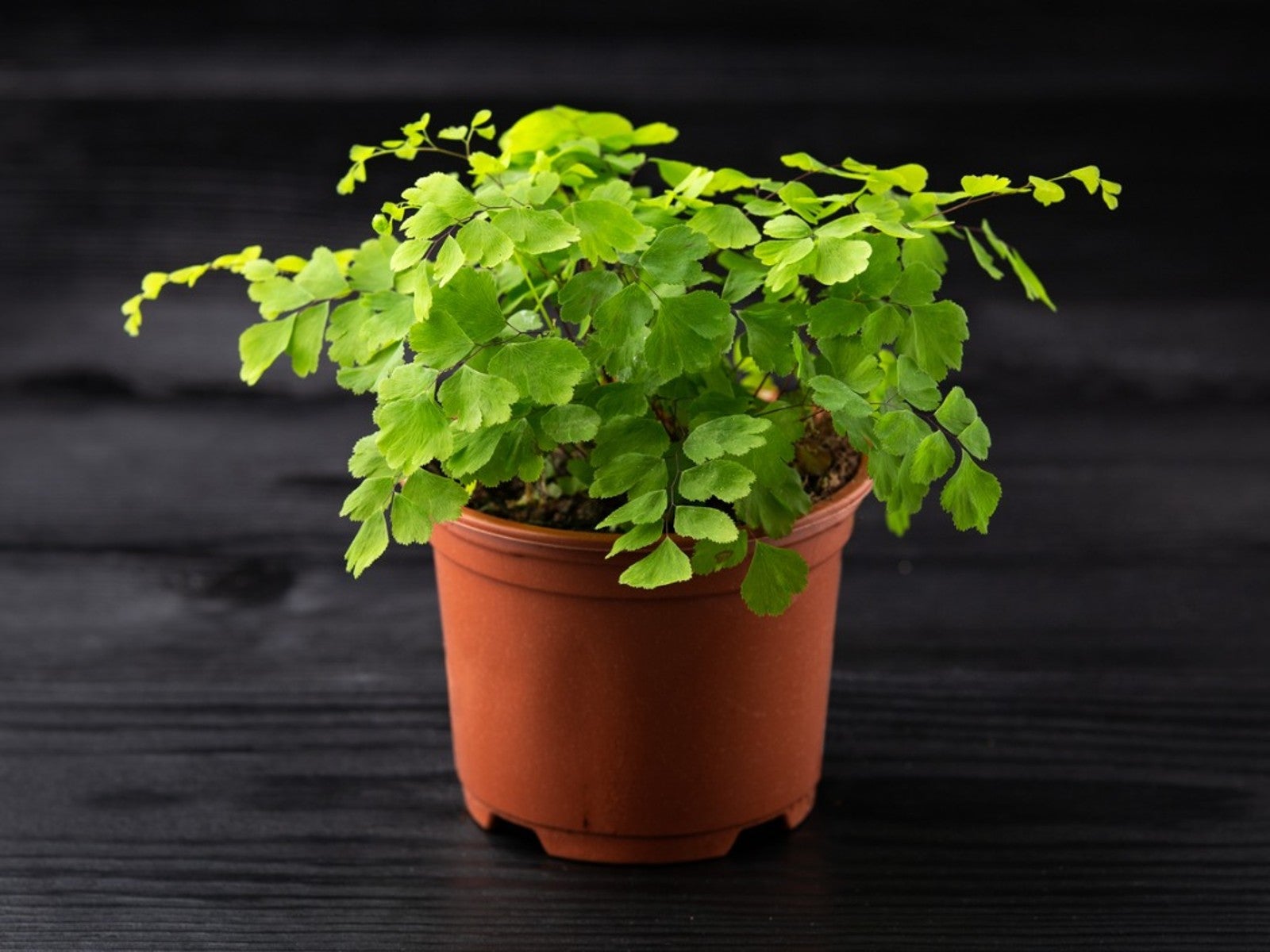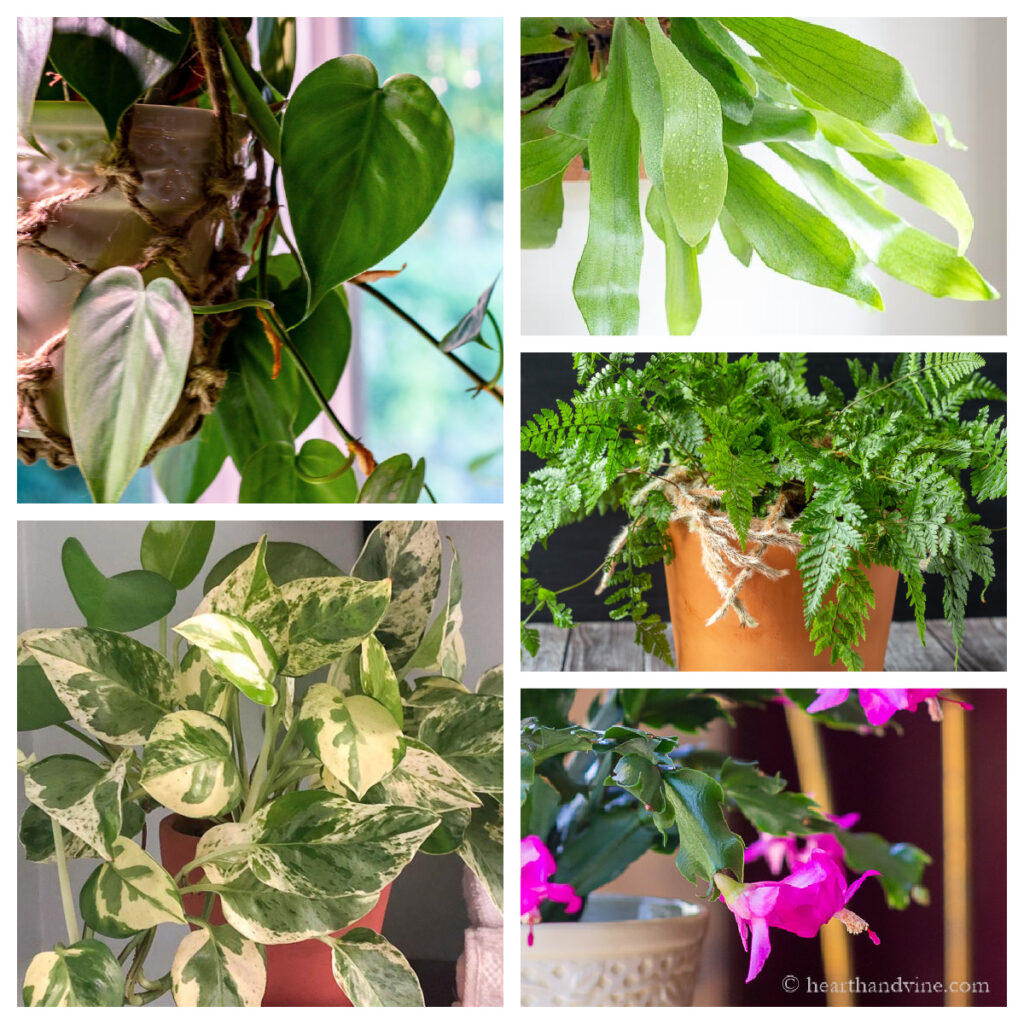Best Low-Light Indoor Plants That Thrive with Minimal Sunlight
Best Low-Light Indoor Plants That Thrive with Minimal Sunlight
Blog Article
Discover the most effective Low-Light Indoor Plants for Enhancing Your Home Decoration
Integrating low-light interior plants into your home design can substantially improve both visual appeals and environment, specifically in spaces that do not have bountiful natural light. Varieties such as the Snake Plant and ZZ Plant not just bring life to dim edges but likewise add to enhanced air top quality and total wellness.

Why Pick Low-Light Plants
Why decide for low-light plants in your indoor areas? The contemporary living atmosphere usually offers challenges such as limited natural light, making it challenging for standard houseplants to grow. Low-light plants are particularly adapted to prosper and make it through in these problems, supplying a sensible option for people looking for to improve their interior rooms without the included tension of maintaining a lot more light-demanding plants.
Along with their strength, low-light plants contribute substantially to the looks of an area. Their diverse series of shapes, shades, and dimensions enables distinct interior decoration possibilities, producing inviting and vivid atmospheres. Interior plants are recognized for their air-purifying high qualities, enhancing indoor air quality by filtering toxic substances and releasing oxygen, which can enhance overall health.
Low-light plants additionally require marginal upkeep, making them especially interesting hectic individuals or those new to horticulture. Their adaptability enables placement in various settings, from office to poorly lit corners of the home. By choosing low-light plants, you can delight in the benefits of plant without the constraints that often come with standard gardening, ultimately cultivating a healthier and extra visually appealing indoor atmosphere.
Leading Low-Light Indoor Plants
For those seeking to boost their indoor spaces with greenery that grows in low-light conditions, several plant choices stand out for their resilience and aesthetic charm. The Serpent Plant (Sansevieria trifasciata) is a popular option, understood for its upright, sword-like fallen leaves and capacity to endure overlook. This hardy plant can survive in poorly lit areas while boosting interior air quality.
One more superb choice is the Pothos (Epipremnum aureum), defined by its heart-shaped fallen leaves and routing creeping plants. Pothos is not only adaptable to reduced light yet additionally uses a striking aesthetic comparison when put on racks or hanging baskets.
The ZZ Plant (Zamioculcas zamiifolia) is equally impressive, boasting glossy, dark eco-friendly fallen leaves that can cheer up any type of edge. Its dry spell resistance makes it optimal for hectic property owners.
Care Tips for Low-Light Plants
How can you make certain that your low-light indoor plants prosper regardless of minimal sunshine? Select the ideal potting mix that provides good drain while keeping moisture. A well-aerated dirt, such as a blend of potting dirt and perlite, can aid stop origin rot.
Watering is crucial; low-light plants normally require much less constant watering contrasted to their sun-loving equivalents. Always inspect the leading inch of the soil-- if it feels completely dry, it's time to water. Beware of overwatering, as this can cause fungal issues and root decay.
Fertilizing low-light plants should be done sparingly - Best low-light indoor plants. Utilize a well balanced, water-soluble plant food during the growing season, however eliminate or lower fertilization in the inactive months
Furthermore, dust can collect on fallen leaves, preventing photosynthesis. Delicately wipe the leaves with a damp towel to keep them clean.
Lastly, observe your plants carefully. Indications of distress, such as yellowing Going Here fallen leaves or leggy development, can show that your plant needs changes in care (Best low-light indoor plants). By complying with these care suggestions, your low-light indoor plants can grow, adding elegance and vigor to your home
Innovative Ways to Show Plants
Raising the visual allure of your indoor space can be accomplished by attentively showing your low-light plants in imaginative ways. Take into consideration using vertical area to your benefit; wall-mounted racks can showcase tracking plants like pothos or philodendron, including lushness while conserving floor room. Additionally, use plant stands of varying heights to produce aesthetic interest and deepness, attracting the eye upwards.
Hanging planters are another superb choice, supplying a dramatic impact when suspended from the ceiling or hooks. Macramé wall mounts can introduce texture and bohemian flair, while contemporary ceramic wall mounts can match a minimal aesthetic. For a much more innovative strategy, repurpose one-of-a-kind containers such as vintage teacups or glass jars, which can include character to your display.
Organizing plants in collections is additionally effective; usage varying pot dimensions and colors to develop a cohesive appearance. This method not only boosts aesthetic influence but likewise supplies a natural habitat feeling - Best low-light indoor plants. Finally, consider placing plants near light resources like windows or lights to enhance their development and showcase their dynamic vegetation, hence improving the overall ambiance of your indoor environment.
Benefits of Indoor Plant
Many research studies have actually shown that integrating interior greenery right into your home offers a wide variety of advantages, improving both psychological and physical well-being. Among the most substantial advantages of interior plants is their capability to boost air high quality. Plants absorb co2 and launch oxygen, producing a much healthier environment while also removing hazardous toxic substances, hence advertising breathing health and wellness.
In addition, the visibility of plant has been connected to decreased stress degrees. Research study indicates that communicating with plants can lower cortisol degrees, which are associated with stress and anxiety. This soothing impact can bring about enhanced mood and increased performance, making indoor Homepage plants an ideal addition to workspaces.
In addition, interior greenery can enhance cognitive function. Research studies suggest that atmospheres improved with plants can lead to increased focus, imagination, and total mental clarity. The visual charm of indoor plants also adds to a much more inviting and pleasant environment, positively affecting social interactions and overall fulfillment within a room.
Verdict

Including low-light interior plants into your home decoration can considerably improve both appearances and atmosphere, particularly in rooms that lack plentiful natural light. Ranges such as the Snake Plant and ZZ Plant not only bring life to lower edges but likewise contribute to boosted air high quality and overall wellness. Indoor plants are understood for their air-purifying top qualities, boosting indoor air quality by releasing and filtering system contaminants oxygen, which can boost total health.
For those looking for to improve their indoor rooms with greenery that grows in low-light conditions, several plant alternatives stand out for their resilience and visual appeal. These durable plants, such as the Serpent Plant and ZZ Plant, grow in dim problems and need minimal upkeep, making them ideal for numerous way of livings.
Report this page